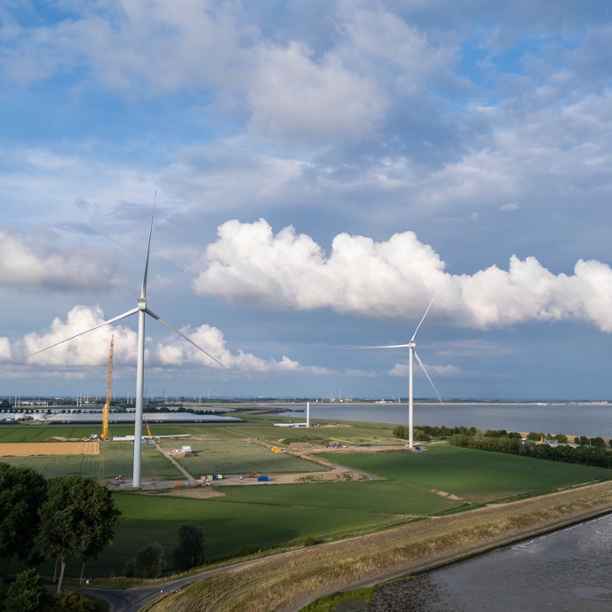It is essential to continue investing in the energy transition, according to De Ruiter. Institutional investors, such as pension funds, would not only support (their own) climate goals but also contribute to more recent societal demands, such as European energy independence and keeping energy affordable for consumers and businesses. Seven questions for De Ruiter about the opportunities and challenges of this new phase in the energy transition.
The energy transition faces headwinds. To what extent is this still an attractive investment theme?
“The energy transition is no longer a future development; it is already in full swing. There is no going back. While a significant amount of institutional money is still invested in the fossil industry, we all know it ultimately won’t survive. No one wants to be left holding stranded assets in their portfolio. So increasing investment in sustainable energy - both in generation and battery storage - is a logical way to diversify portfolios. The sector offers ample impact and return potential.”
How do you deal with uncertainty in the US, in politics, but also in the financial markets?
“Our private debt and equity funds primarily invest in Europe, with limited exposure to the US. Triodos Energy Transition Europe Fund invests in European sustainable energy projects, through equity or loans in euros. These investments in the real economy are less vulnerable to geopolitical tensions and currency risks. Import tariffs mainly affect internationally operating companies, which are outside our focus. Interest rate movements and inflation do have an impact, but market volatility plays a much smaller role in our private investments. This leads to a well-predictable value development that aligns with the long-term horizon of institutional investors.”
Grid congestion is often cited as a problem. How can investors play a positive role here?
“Grid congestion is often framed negatively, as if it indicates that the energy transition is stalling. In reality, it is a testament to success: we are now generating so much renewable energy in the Netherlands that the energy grid cannot always handle the supply. We should have anticipated this. The solution does not lie in a return to fossil energy, but in further scaling up infrastructure: in batteries, smart grids, heat networks and behind-the-meter solutions. These projects offer tremendous investment opportunities, with both impact and stable cash flows.”
Technological development plays an important role in the energy transition. How do you avoid going down with a new, unproven technology?
“With our renewable energy strategy, we only invest in proven technologies that have moved beyond the pilot phase and that are scalable and financeable. Think of solar panels, wind turbines and battery storage. These present attractive, reliable earning models as they are becoming increasingly cost-effective. Especially when investing on the private debt side, they can yield consistent income streams. In the case of battery systems, there are fixed contracts with energy companies that pay a set price for their use in balancing the grid. Interestingly, the real innovation often is not the technology itself, but rather the business model behind it: how do you generate stable revenue from technology in an ever-changing market? Our deep knowledge of the energy market and our thorough risk analysis and impact measurement come in handy here. We often have direct access to projects in their early stages.”
You are particularly focused on more local networks?
“The energy transition comes with decentralisation: more local energy production and less dependence on a few major providers. This is inherent to electrifying the system. You do not want to continually burden the energy grid; instead, you opt for local generation or storage close to the user, for example, on business premises or in cooperation with energy cooperatives made up of residents who manage energy supply within a neighbourhood. This reduces geopolitical risks and also strengthens the economic resilience of regions. Energy must remain easily accessible for consumers and businesses.”
Energy independence is increasingly mentioned in relation to the energy transition?
“That is correct. Energy independence has become a central theme in recent years. Since the rise in energy prices following the Russian invasion of Ukraine, Europe’s vulnerability in this regard has become painfully clear. While the energy transition was initially driven primarily by climate goals, it now also concerns geopolitical stability and price control.”
Investing in the energy transition, why now?
“This is not the time to stall or revert to old structures. Now is the time to invest in solutions that accelerate the transition, and it is profitable to do so. As I said, the energy transition is increasingly touching on multiple themes: it is no longer just about CO₂ reduction, but also about energy independence, price stability and maintaining Europe’s economic competitiveness . These are urgent and vital societal issues.”
This article is also published (in Dutch) on Pensioen Pro.



